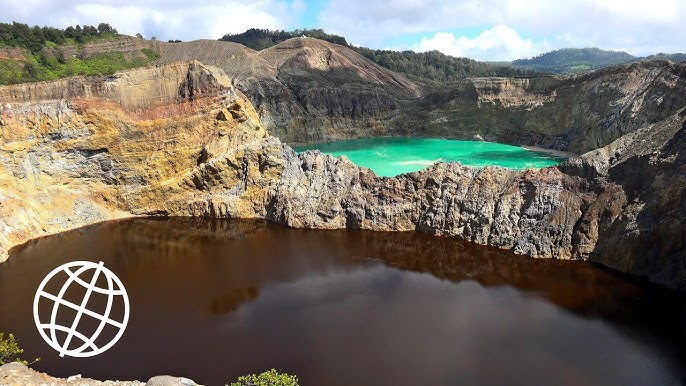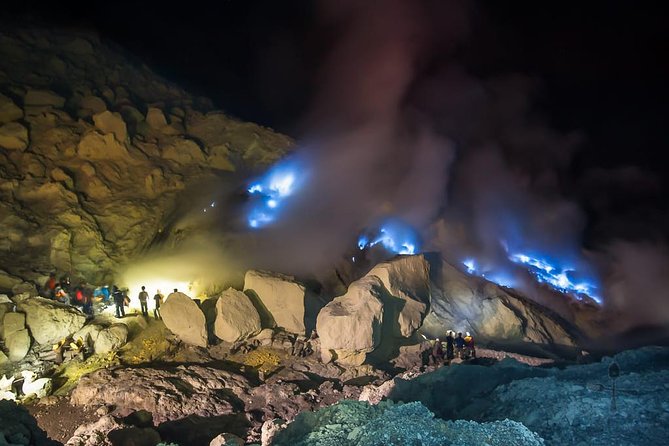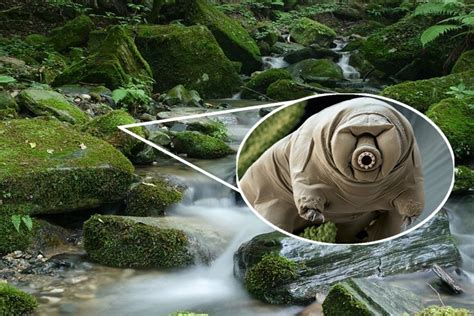What Is a Tardigrade?
A tardigrade, also known as a water bear or moss piglet, is a microscopic animal famous for its incredible ability to survive extreme environments. Measuring only 0.3–0.5 millimeters, these tiny creatures live in moss, lichen, soil, freshwater, and marine habitats all over the planet.
The Secret to Their Survival: Cryptobiosis
Tardigrades are best known for entering a state called cryptobiosis, a process where they lose almost all their water and curl up into a ball called a tun.
In this form, tardigrades can survive:
- Extreme heat up to 150°C (302°F)
- Freezing temperatures close to absolute zero
- High radiation levels
- The vacuum of space
- Total dehydration for decades
Once water becomes available again, the tardigrade simply rehydrates and returns to life as if nothing happened.
ALSO SEE : Crescent-Shaped Rock Island, Thailand (Koh Hong, Krabi)
Where Do Tardigrades Live?
Tardigrades can be found almost everywhere on Earth, from the deepest oceans to the highest mountains, and even in Antarctica. They thrive in moist environments such as moss, algae, and leaf litter, which is why scientists often call them “moss piglets.”
What Do Tardigrades Eat?
Depending on the species, tardigrades can be herbivores, carnivores, or omnivores. They use their sharp mouthparts called stylets to pierce plant cells, algae, or small microorganisms and suck out the contents.
Fascinating Tardigrade Facts
- They survived in space.
Tardigrades were the first known animals to survive exposure to the vacuum and radiation of space during a 2007 European Space Agency experiment. - They can live for decades.
In their cryptobiotic state, tardigrades can remain dormant for up to 30 years or more. - They’ve been around for over 500 million years.
Fossil evidence shows that tardigrades existed long before the dinosaurs. - They’re a focus of scientific research.
Scientists study tardigrades to understand extreme survival mechanisms and potential applications in space travel and biotechnology.
Why Tardigrades Matter
Tardigrades aren’t just fascinating under a microscope. They are helping researchers learn how to protect biological materials from extreme conditions, improve medical preservation techniques, and explore the possibility of life beyond Earth.
Conclusion
Tardigrades prove that life can endure almost anything. Whether they are frozen, dried out, or blasted with radiation, these resilient “water bears” always find a way to survive. Their unique biology makes them one of nature’s most fascinating and inspiring microscopic creatures.
ALSO SEE : Rosalía’s LUX Album Channels Patti Smith’s Spirit in Avant-Garde Flamenco Masterpiece





